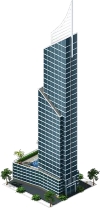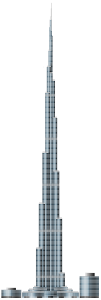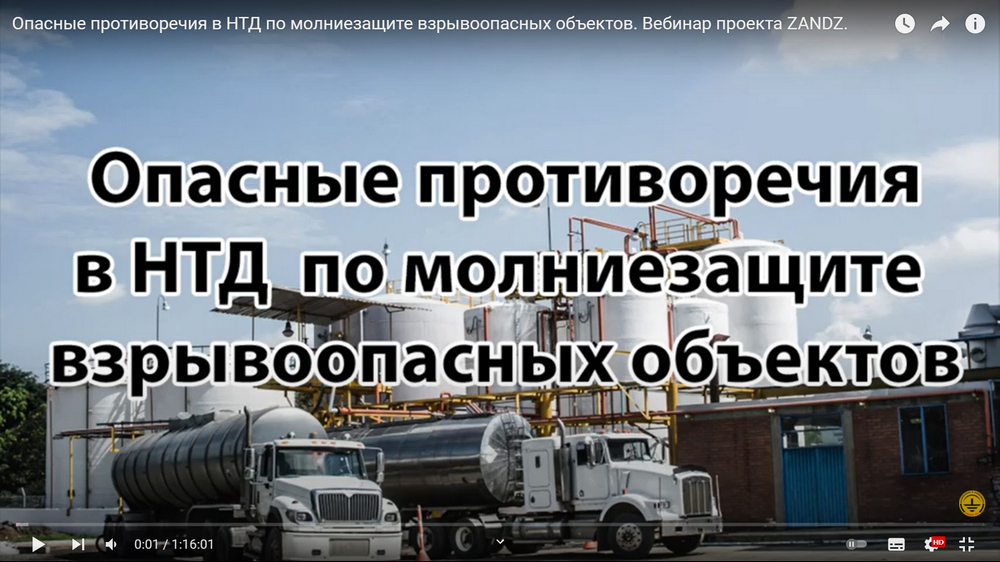Read the article on lightning protection of high buildings in our site. By Eduard Meerovitch Bazelyan.
Earlier this year we held a webinar on the same subject with the same lecturer. However, like any other big issue, lightning protection includes a huge number of features, which that can not be covered during one online meeting.
Now you can consider this issue in more detail.



Brief description of the article:
- It turns out that in terms of lightning protection the "altitude" of constructions does not depend on its design, but on gas-discharge processes determining the choice of the impact point of the lightning channel. The first part of the article is devoted to this issue: The mechanism of selecting the impact point of the lightning channel. It describes the form of an electrical discharge called "crown", that can be caused not just by high buildings, but also by the tops of trees, shrubs, and even grass. Stages of the crown development and qualitative assessment of high buildings are described in the first part of the article.
- Part two - Number of lightning strikes in high buildings. This part describes the analysis of correlation between the probability of lightning strikes in the object and its height. For all constructions there is a risk of lightning hitting not only its highest point, but its side as well. This descending discharge is a bigger issue than the ascending one. Read more in the second part of the article.
- Part three - High lightning rod arresters protection areas. In this section you find an overview of actual regulatory requirements to calculation of lightning arresters protection areas. Here you find the author's recommendations on taking into account the height of buildings as well. Is it possible to claim that all the areas of high lightning arresters protection can be determined with 0.99 reliability based on techniques made up from very scarce data? Find out in part three.
- Part Four - Сurrent drainage into the ground. All guidelines for lightning protection state that lightning current drainage should be safe. For high buildings it is particularly important to limit electromagnetic blasts in the internal electrical circuits and assemblies of the object to the safe levels. Read this section to learn what lightning impacts should be taken into account when arranging its drainage and how to efficiently reduce them.
- Part five - Grounding devices for high buildings. Grounding is perhaps one of the main issues for designers. Read this section to learn what is recommended by the modern standards of grounding devices integrated in the external and internal lightning protection.
- Part six - Touch potential and step voltage. You'd better avoid walks during thunderstorms close to high buildings, if there is no sidewalk with insulating coating, such as asphalt, around them. The article explains why.
- Part Seven - External high voltage. Here we speak about transportation of high voltage along the surface and underground lines. High buildings frequently send high-voltage waves to the lower buildings nearby. It can not be ignored when arranging safety systems.
- Part eight, Technical equipment on the roof, explains how to arrange the reliable protection of the equipment, placed on the roof with the assistance of the regulating standards.
- The final part explains seven basic principles of designing the reliable, safe and effective lightning protection system of a high building. Useful information for designers and everyone dealing with lightning protection, electrical and fire safety.
Add to your favorites!
Related Articles:


.jpg)
.jpg)

